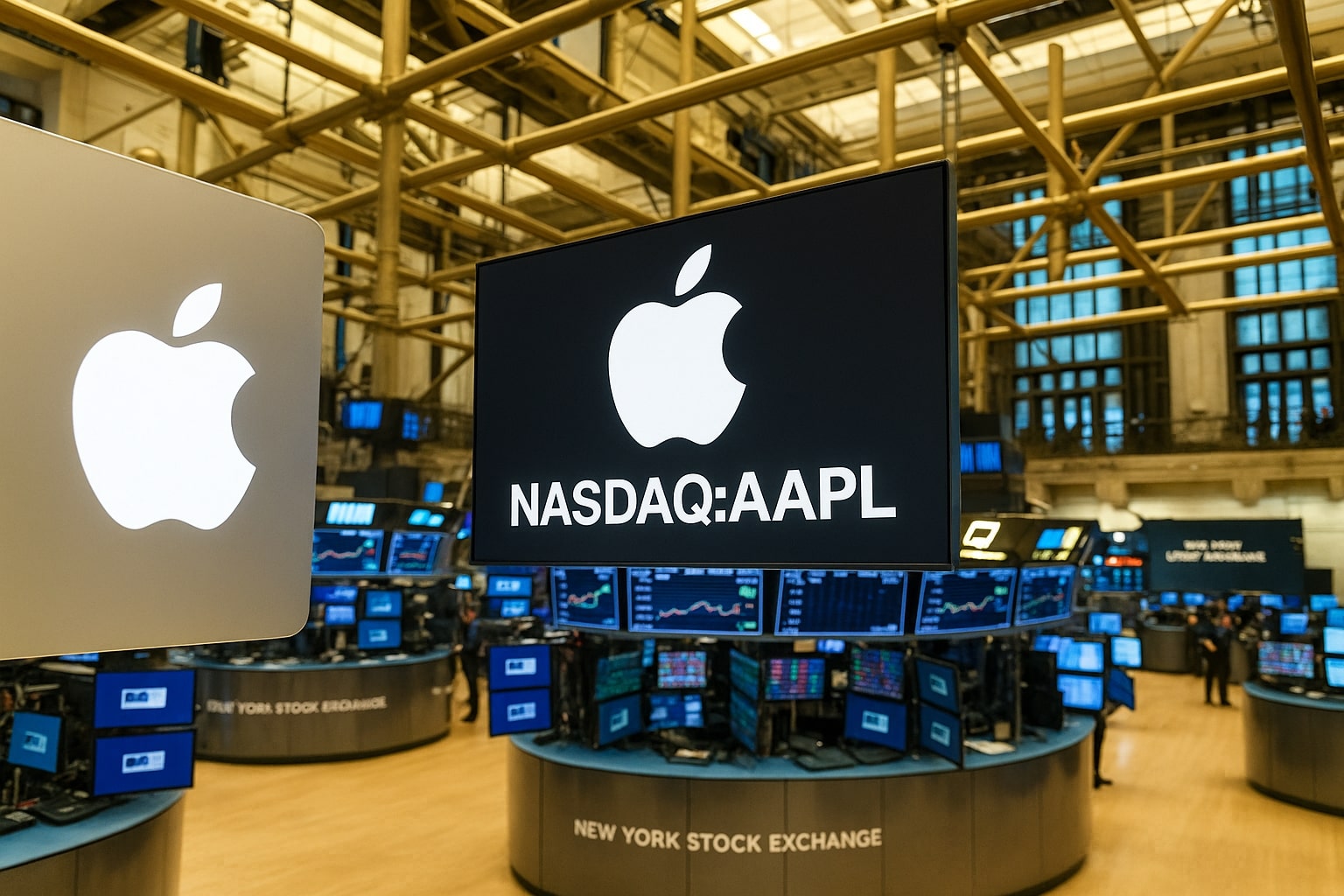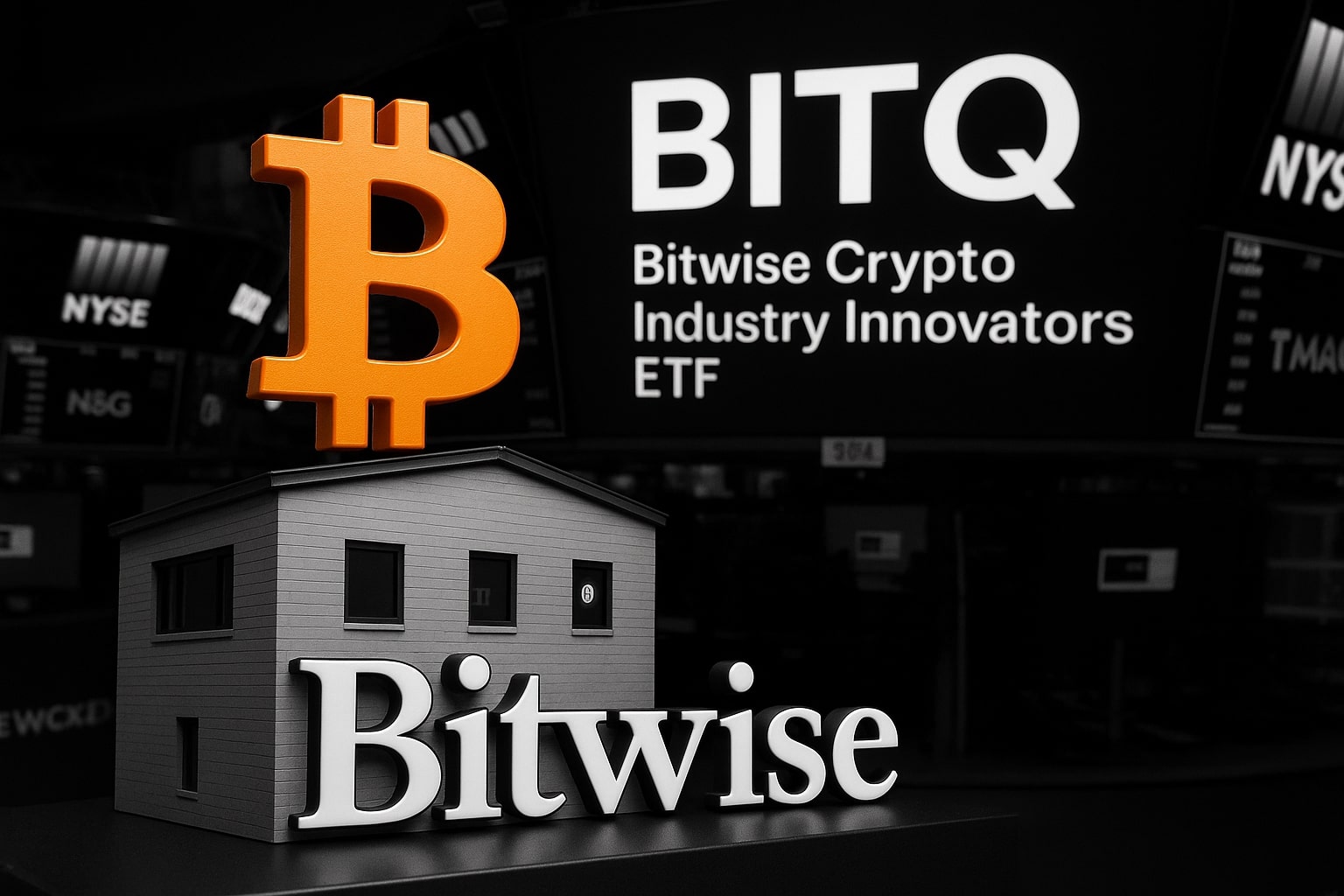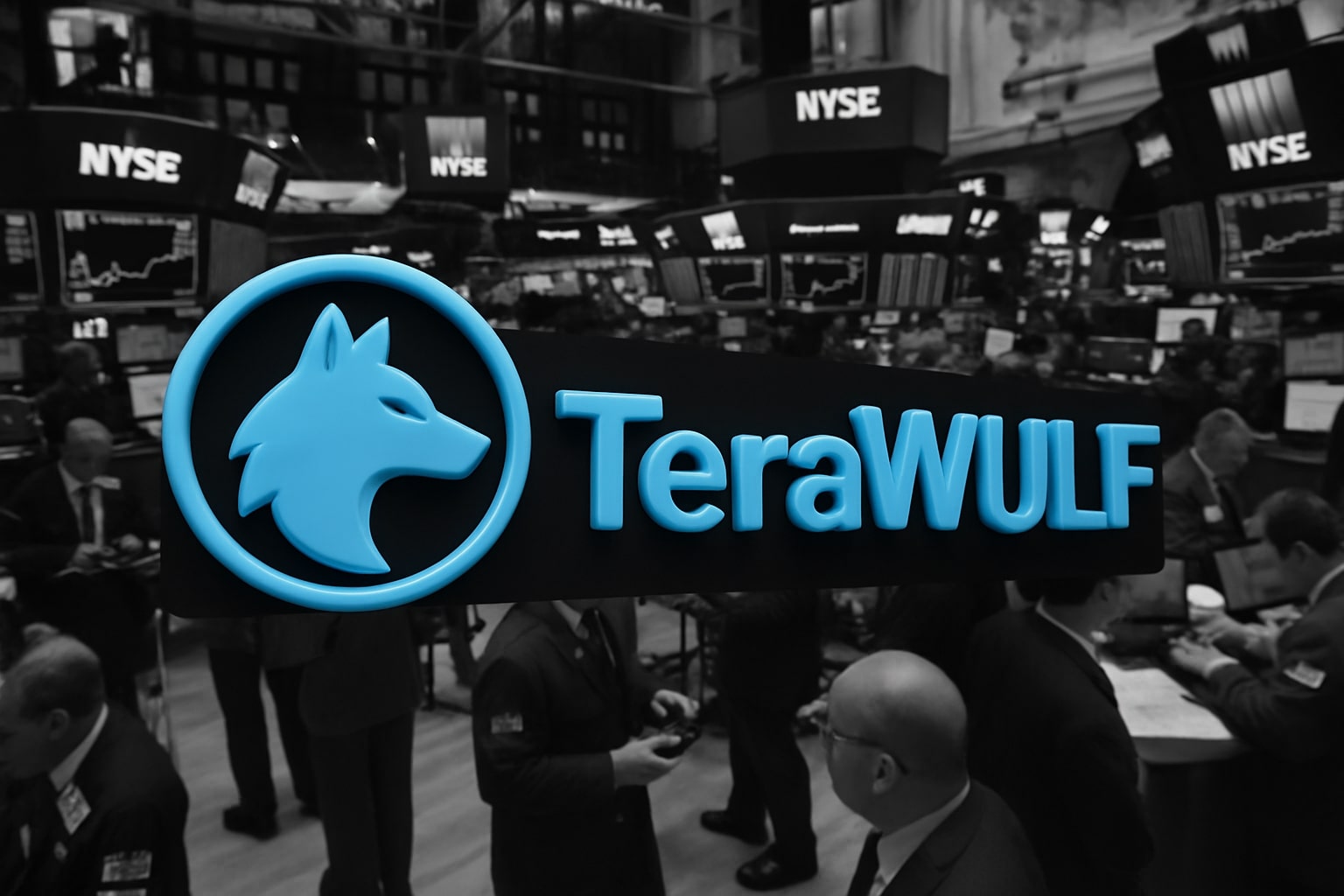Apple’s Resilience Amid Tariff Uncertainty: What’s the Future of NASDAQ:AAPL?
Apple’s stock, NASDAQ:AAPL, has faced a rocky road over the past few months, with a dip of over 14% year-to-date. Despite this, the company’s earnings report for Q1 2025 showed an EPS of $1.65—a slight beat against expectations of $1.63—and net income of $24.78 billion, up from the previous quarter’s $23.64 billion. iPhone revenue, which accounts for nearly 50% of total sales, came in at $46.84 billion, surpassing estimates of $45.84 billion. Meanwhile, sales in Greater China took a hit, coming in at $16 billion, a 2% YoY decline, but this was offset by growth in other regions like the U.S., where sales were up 8% YoY.
The company’s ability to consistently outperform expectations in key segments such as the Mac and iPad lines—posting revenues of $7.95 billion and $6.4 billion, respectively—further solidifies its position. However, there’s a larger question looming: can Apple maintain this upward trajectory amid ongoing geopolitical tensions and increasing competition in the AI space?
The Impact of Apple’s Walled Garden Ecosystem on Long-Term Growth
Apple’s most unique strength lies in its Walled Garden Ecosystem, a seamless integration of hardware and software that locks users into the Apple experience. From iPhones to MacBooks, iPads, AirPods, and the Apple Watch, Apple’s product suite ensures that users experience unmatched interoperability. This makes switching to a competitor’s product, like a Samsung phone, not just difficult, but significantly less rewarding. For instance, even something as simple as syncing iMessages across devices becomes nearly impossible with non-Apple hardware. This seamless experience has created a high switching cost for customers, acting as a formidable barrier to entry for competitors and driving recurring revenue through services like iCloud, Apple Music, and App Store subscriptions.
These durable, utility-like cash flows from the services business, now a $100 billion annualized run rate operation, give Apple the ability to weather market fluctuations while maintaining strong margins. Given that much of Apple's software and services revenue is now subscription-based, this provides a predictable, growing revenue stream that helps protect the company from the cyclical nature of hardware sales. With such sticky customer loyalty, Apple is increasingly seen as a cash-flow-generating asset. But the real question is—how long can Apple maintain this dominance, especially as competitors like Google and Microsoft push into its turf?
Apple’s Valuation: Fair or Overpriced?
Looking at Apple’s valuation multiples, it’s clear that the market has re-rated the company significantly over the years. In 2016, Apple traded at a low 9x EV/FCF, reflecting investor doubts about its growth prospects. However, today’s valuation has surged, with the stock now trading at a 31.5x EV/FCF, implying a 3.2% free cash flow yield—a stark contrast to its earlier days of low-growth expectations. The 3.2% yield is now closer to what investors would expect from a utility-like company, as Apple’s cash flows have become more predictable and stable.
At the current share price of around $213, Apple’s valuation appears more balanced, aligning with the growth trajectory that the company is expected to maintain in the near future. The stock is priced at a forward P/E of 30.09x, which is twice the sector median, reflecting the premium investors are willing to pay for its dominant ecosystem and strong earnings power. But this raises an important question—is Apple’s stock still a good investment at this valuation, or are investors overpaying for a company with limited upside potential in the short-term?
What’s Next for Apple’s Dividend Growth Strategy?
For dividend-growth investors, Apple remains a standout stock, thanks to its strong free cash flow and low cash payout ratio. Apple is poised to continue raising its dividend, with the most recent increase being a 4% hike, bringing the quarterly dividend to 26 cents per share. This is supported by the company’s expanding operating margins, largely driven by its high-margin services business, which now makes up a growing share of total revenue. As Apple’s services revenue hits $26.65 billion, up 11.65% YoY, it’s clear that its transition to a more services-driven revenue model is paying off.
Given this, Apple’s low payout ratio suggests that there’s ample room to grow its dividend over time, making it an appealing stock for conservative investors looking for stable, predictable returns. But with a forward P/E ratio of 30.09x, it’s important to ask—will investors continue to reward Apple’s dividend growth strategy, or are rising valuations and macroeconomic uncertainties starting to cap the company’s future growth potential?
Apple’s Earnings in the Face of Trade War and Tariffs: What’s the Impact?
The U.S.-China trade war and tariff impositions have added considerable uncertainty to Apple’s outlook. The company’s dependence on China for manufacturing has made it vulnerable to shifting trade policies. In fact, the company has already forecast a potential $900 million hit due to tariffs in the upcoming quarter. However, Apple has been diversifying its manufacturing base, moving a portion of its production to India as part of a broader supply chain diversification strategy. Apple’s commitment to reshoring its supply chain in the U.S., including a $500 billion investment over the next few years, reflects its long-term strategy to reduce reliance on China. Yet, despite these moves, the uncertainty around tariffs and China’s role in Apple’s supply chain continues to loom large. The question remains—can Apple successfully navigate these geopolitical challenges while maintaining its growth trajectory?
Apple’s Competitive Landscape: Can It Stay Ahead in the AI Race?
In the ever-evolving tech space, artificial intelligence is emerging as the next battleground, and Apple’s AI strategy remains a subject of scrutiny. While the company has adopted a hybrid strategy for its data center operations—relying on third-party providers while making significant investments in the U.S.—its progress in AI chip development lags behind rivals such as Nvidia. As the market for AI chips continues to grow, Apple must prove that it can remain competitive without falling behind its larger peers. But with AI's growing dominance in the industry, the critical question is—can Apple carve out a significant portion of the AI market, or will it struggle to catch up to more established players in the space?
Is Apple Stock (NASDAQ:AAPL) a Buy Today?
Despite the challenges posed by trade tensions, increasing competition, and rising valuation multiples, Apple remains a formidable player in the tech sector. With strong earnings, robust dividends, and a dominant ecosystem that locks in customers, Apple presents an attractive option for dividend-growth investors. However, for those seeking higher returns or more aggressive growth, Apple’s stock might not be the best fit given its current price and limited short-term upside potential. For conservative investors looking for steady growth and dividend increases, Apple offers a solid case for investment. However, whether it’s worth buying at the current valuation remains a nuanced decision based on individual investment goals and risk tolerance.



















